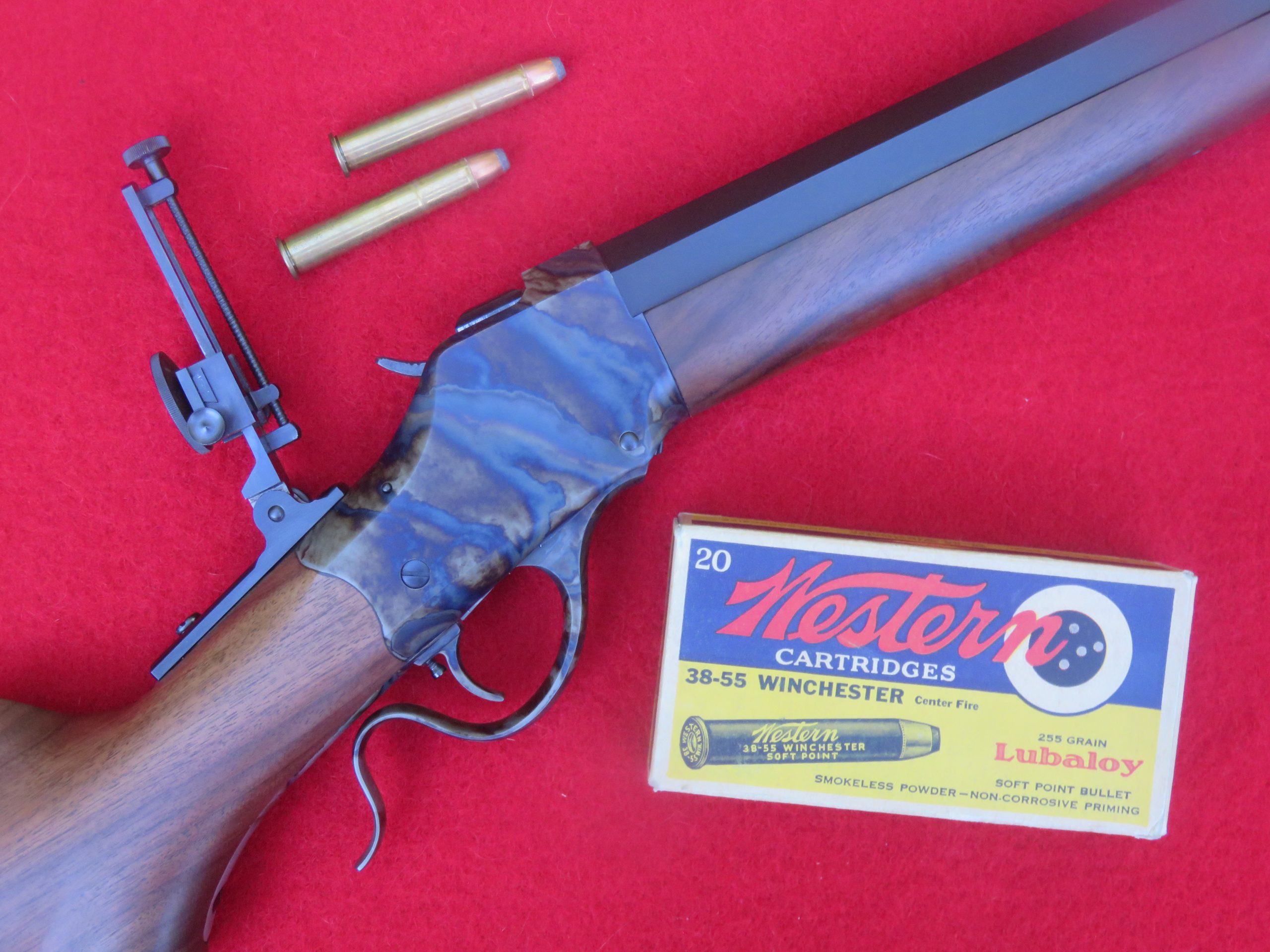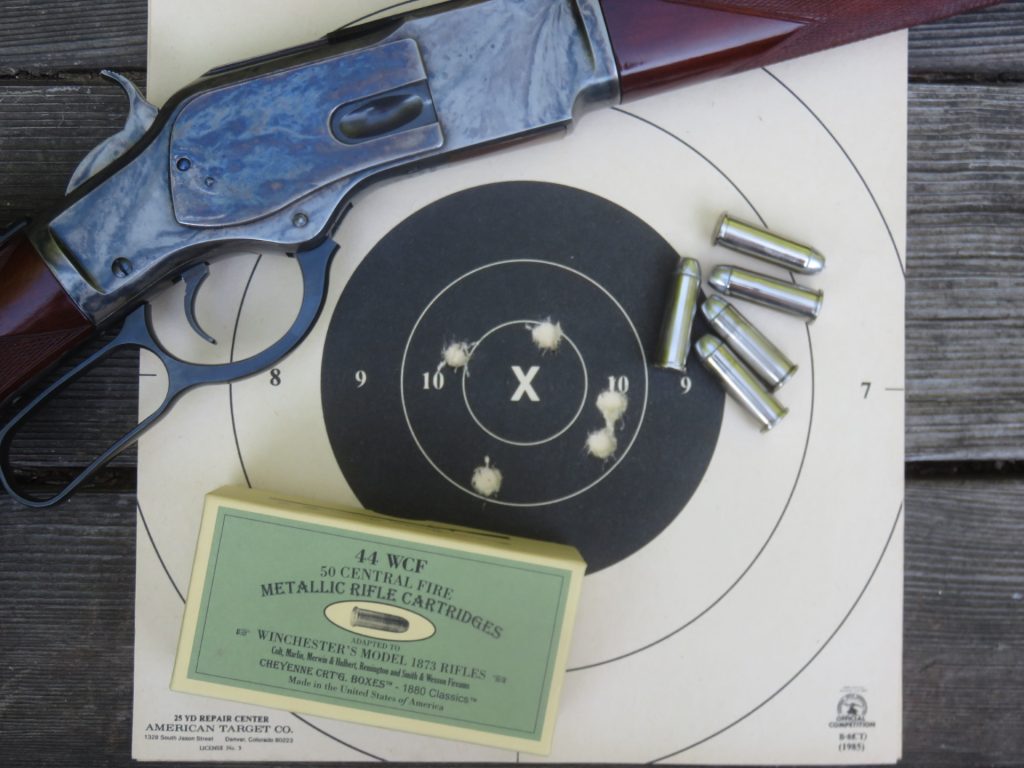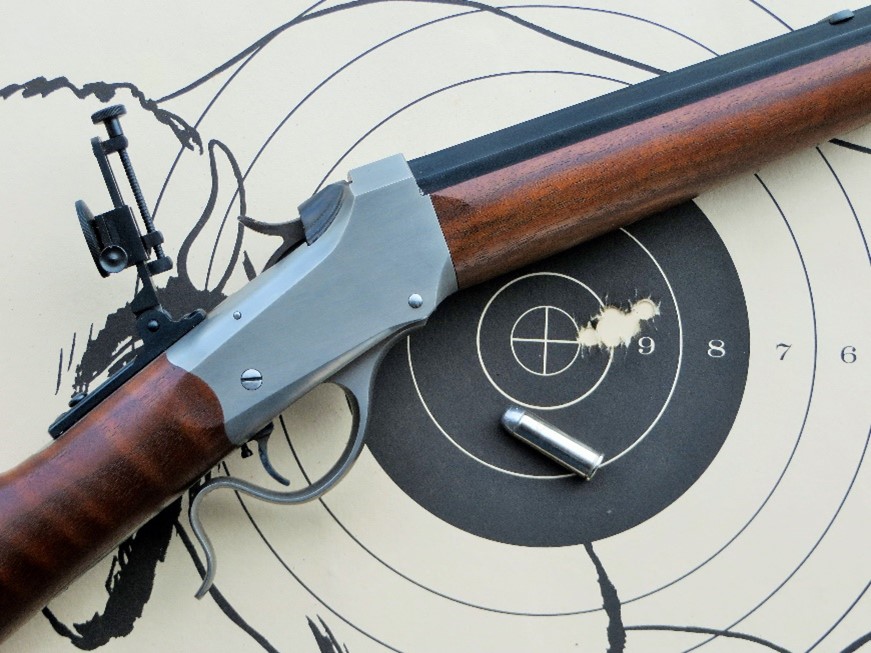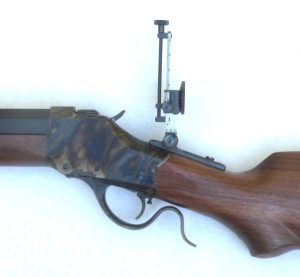
By Mike Nesbitt | Contributing Editor
This article has nothing to do with guns that were my father’s. I’m the “old man” in this case, or I soon will be.
What I’m leading up to is what rifle or what kind of rifle would I want as an old man? I’m pretty sure this is already figured out but let me begin by telling you about what made me think about having an old man’s rifle.
A few years ago, maybe forty years or even a little more, I’d go to the rifle range to do some shooting and quite often I’d encounter a gentleman who was older than me, by how much I never determined. He, when I’d see him, was always at the shooting bench, just shooting contentedly and slowly with a bolt action Springfield, one of the M2 or 1922 versions in .22 Long Rifle caliber. It was a .22 caliber version of the 1903 Springfield. Those rifles have always amazed me although I have never owned one. They were equipped with the Lyman 48 receiver sight and their reputation for accuracy was well earned. And the shooter I’m referring to, whose name I never did ask, seemed to be very pleased with his rifle. I don’t ever recall seeing him with any other gun.

That made me assume he had selected that .22 as his “go to” gun, the rifle he’d always keep and use for his enjoyment. Yes, I’m also assuming that if he had wanted another rifle, he would have probably been able to get it. Seeing him with that rifle planted an idea in my mind, years ago, about what would I choose for my “go to” gun when I felt ready to pick an “old man’s” rifle for myself.
Let me say, perhaps with a loud shout, that I’m not actually ready to make that choice just yet. I intend to play the field, especially with black powder rifles, muzzleloading and otherwise, for a few years still to come. But I will admit that memories of that older gentleman with his bolt action .22 have spurred me into considering an old man’s rifle for myself.
At first, I thought I’d want to keep a good hunting rifle for my old man’s gun, probably my Savage 99EG in .250-3000. That’s a rifle I’ve had since I was 17 and I’ve done quite a bit with that lever action. But hunting doesn’t have the draw for me that it used to, and a hunting rifle would not really have the “credentials” that I was looking for.

Following the lead of the gentleman I’ve mentioned, my thoughts fell on a good .22. Certainly, a good .22 rifle will have many qualifications with short-range accuracy near the top of the list. And the fact that I already had the .22 which I would consider for the job, made any selection I’d be faced with very easy. That .22 is my single-shot Low-wall by C. Sharps Arms.
My Low-wall in .22 Long Rifle must be considered as a target rifle because it is certainly on the heavy side for a typical small game rifle. This gun has a 26-inch half-round #3 barrel which is far heavier than most .22 rifles. Also, it has a short-range Deluxe Vernier tang sight which puts it in the target rifle class, so to speak. In several ways, such as size and weight plus the sights, it is in the same class as the .22 Springfield that the other gentleman was using.

With thoughts in mind about making it my “old man’s gun,” I used it with repetition. Firing that gun with CCI standard velocity .22 Long Rifle ammo, the gun is very quiet. Quietness was not particularly something I was looking for, but I do appreciate it just the same. And, if I did want to do some small game hunting, the Low-wall would do quite well as long as I hunted by going out and sitting in a good spot, waiting for a little critter to come by. People generally do their hunting with lighter weight .22 rifles.
While the .22 Low-wall is certainly a fine rifle, and I do like shooting it in our Old Style .22 Match every year, it doesn’t “fill all of the corners” that I’d want my old man’s rifle to do. There really wasn’t anything missing, but the .22 just wouldn’t do things the way I wanted to do them. I’ll still keep the this Low-wall, certainly, but I guess it just isn’t the “go to” gun I want.
Next, I gave considerations to two rifles at the same time. That wasn’t done to simply complicate things, and they actually did quite well together. They were of the same caliber and the cartridge they were chambered for might surprise some of you. Those two rifles were both chambered for the .44-40 cartridge, which Winchester introduced in 1873. One of them was another Low-wall by C. Sharps Arms while the other was the copy of the Winchester ’73 made by Uberti. I hold both of those rifles in very high regard.

Why wouldn’t I pick a more modern cartridge? I’d have no real reason to do so. The old .44-40 fills the bill for me and, yes, I’d use it at least most of the time with black powder loads and cast bullets.
The single shot Low-wall was really considered first. After all, I thought, what real use would I have for a repeating rifle? For what I had in mind, a single shot would do quite well. The .44-40 Low-wall is fitted with another short-range Vernier adjustable sight which makes it great for changing the elevation to reach targets at various distances and I’ve used this rifle on targets from 50 to 200 yards with my black powder loads. This particular rifle has a 28-inch octagon barrel, #3 in weight which was the standard weight barrel for a Winchester Low-wall or Highwall in .44-40 caliber. And this rifle has a single-set trigger.
Being equipped as it is; this Low-wall in .44-40 could do very well as my “go to” gun. It could be used in the short-range shooting matches (out to 300 yards) that I enjoy participating in and actually it would do very well. I should say that it has done very well because I did use it in at least a couple of the black powder rifle matches our club enjoys putting on and it likely will be called on again for that duty.
But then the Uberti-made 1873 lever action repeating rifle does get used even more often. This is the rifle with the 30-inch barrel that I’ve mentioned with some frequency, and it gets called on for use in our Lever-gun Matches, where sometimes our events are timed and a good repeating rifle becomes a basic requirement, as well as on “The Meat Hunt” trail which is a hunting-like event that is part of our annual Buffalo Camp. This lever action, imported by Cimarron Fire Arms, also has a peep sight, a Lyman No. 2, which isn’t as adjustable as the Vernier sight, but once it is sighted-in and set, it does just fine out to 100 yards. I’ve done very well with this rifle in our club’s matches and shooting it is simply a lot of fun. At times I’ve even told my friends that, if I had to choose just one rifle, that lever action in .44-40 would quickly be selected. At least, it is very high on the list.
Recently my .44-40 loads became questionable, mainly because of too hard a lead alloy, and I wanted to check the ‘73’s sights again. Bullets with a softer lead alloy, my own mixture which can’t be either classified or perhaps duplicated, were loaded over 35 grains of Olde Eynsford 3F, producing an average muzzle velocity of 1341 fps, and a 5-shot group was fired at 50 yards. That group pleased me, and it quickly erased any question about where or how well my ’73 was hitting.

A little over a year ago, certain parameters for my old man’s rifle had to be changed. That was when I had to change from being a right-handed shooter to a left-handed shooter because of the superiority of my left eye. One great difference for me while shooting left-handed was that I couldn’t accept recoil on my left shoulder. The rifles I’ve mentioned so far in this story, of course, have little recoil but even the Model 1873 in .44-40 was, when I began to shoot it left-handed, uncomfortable.
So, I began to “design” another old man’s rifle with a rather light recoil in mind. What I wanted was a rifle that would be used in short-range shooting but might also be useful in mid-range shooting which extends the target distance out to 600 yards. What I decided on was a Highwall by C. Sharps Arms in .38-55 caliber. That rifle, after the necessary waiting time, was ready for me last month and I brought it home from the C. Sharps Arms shop.

The .38-55 is a noteworthy caliber or cartridge. Its reputation as a target cartridge is quite well known. Likewise, the Winchester Highwall, and the more recent copies of that gun such as my new one from C. Sharps Arms, also has a grand reputation. That prompted me to place the order and my rifle was made with a #5 barrel which is the heaviest barrel that Winchester would generally put on a Highwall. With that barrel, plus the sights that were added, this rifle weighs 12 pounds, 2 ounces. That is the limit for BPCR silhouette competition with iron sights. Also, the buttstock has a shotgun butt, which “transfers” recoil the softest, along with a pistol grip which is a great aid for offhand shooting. The only other added-cost option on this rifle is a single-set trigger.
For sights, this new Highwall wears a Deluxe Vernier tang sight and a Globe front sight with changeable apertures. So, it is set up for target shooting and that is primarily what I’ll be doing with it.
While I’ve shot this rifle only a few times so far, I can report that it is treating me rather well. Its recoil is certainly on the light side when using full black powder loads and I can shoot it with comfort, with no shoulder pad or other protection. I’ll have to get back to you with another story regarding this new .38-55’s performance because I’m still looking for the magic load that both the rifle and I will like. Yes, searching for that magic load is just part of the fun and I’m really enjoying the time spent getting to know this rifle.
This rifle pleases me enough that I do think I’ve found my old man’s rifle. I certainly expect to have it and use it for many years to come. Of course, there is still one thing left to do, especially now that I already have this gun, now I can grow old…
Photo captions:



